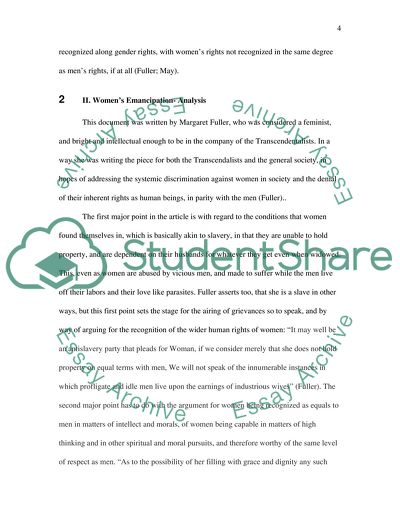Cite this document
(“Women's rights Essay Example | Topics and Well Written Essays - 1250 words”, n.d.)
Women's rights Essay Example | Topics and Well Written Essays - 1250 words. Retrieved from https://studentshare.org/history/1641302-womens-rights
Women's rights Essay Example | Topics and Well Written Essays - 1250 words. Retrieved from https://studentshare.org/history/1641302-womens-rights
(Women'S Rights Essay Example | Topics and Well Written Essays - 1250 Words)
Women'S Rights Essay Example | Topics and Well Written Essays - 1250 Words. https://studentshare.org/history/1641302-womens-rights.
Women'S Rights Essay Example | Topics and Well Written Essays - 1250 Words. https://studentshare.org/history/1641302-womens-rights.
“Women'S Rights Essay Example | Topics and Well Written Essays - 1250 Words”, n.d. https://studentshare.org/history/1641302-womens-rights.


